Making TV documentaries in exotic locations may sound glamorous, but there were plenty of tears and torn leathers in the making of The Ride.
The adventure series follows Guinness world motorcycling record holders Kevin and Julia Sanders, plus 11 ordinary British bikers, across some of the world’s most extreme terrain in a bid to ride the length of the Pan-American Highway.
The team was on the road for five months, travelling 20,000 miles across 12 countries and two continents. It seemed like a crazy idea at first - the journey would take us from the Arctic north in Alaska to the equally harsh climate of Ushuaia in Argentina, the world’s most southerly city.
If the team succeeded, it would be the biggest ever motorcycle expedition from the top of the world to the bottom.
Cambridge Film & Television Productions had just a month to decide on the right camera. I wanted one that was well balanced, light, robust and had good image quality.
We plumped for a Sony HVR-Z1E, which was supplied by Mitcorp UK in Brentford. Sound was as important as picture quality, so Mitcorp adapted the Z1 to take a Sennheiser 416 microphone. For long-range observational work, such as at Central American border crossings, I used Sennheiser audio RMS 2000 radio microphones. Sony PDX10s were used as video diary cams.
Our aim was to capture the riders’ stories as they travelled through the cultures and countries of the Americas. I had to hop from bike to bike to get the best shots, interview the riders and capture the action as it unfolded.
Keeping an objective eye can be difficult when travelling with a group for such a long time. In Peru, Mike - one of the riders - had a crash, hitting a drunk pedestrian head-on.
I remember pressing the camera’s record button, then sprinting down the queuing rush hour traffic to a scene of carnage.
Mike lay on the ground, his bike in pieces around him. His left leg was pulverised - broken in three places. Twenty metres away lay the pedestrian in a critical state, suffering from massive impact trauma. There was complete chaos, with no sign of the authorities - just screaming, shouting mayhem. Although I knew others were on hand to help, it was tough to keep filming.
The cameras performed well in very testing environments, including dust, extreme cold, 100% humidity and being dropped off a bike at 60mph. There was hardly a glitch - until Peru.
Peru marked a low point of the trip - a day of diarrhoea and sickness - not recommended while riding pillion. Just as I thought things could get no worse, the Z1 went down. I was two-thirds of the way through the expedition and there was little hope of salvaging the shoot with the smaller, less able PDX10.
Luckily, some amazingly swift thinking back at Cambridge Film & Television’s headquarters and a chance flight to South America by a team member’s wife meant that a replacement Z1 was with me within three days. I later found out that the cause of the problem was a small fuse in the base of the camera.
Although it was a testing assignment, I look back on the expedition as a once-in-a-lifetime adventure.
Central and South America were particular favourites. There was so much colour, culture and amazing landscape - too much to capture in the time we had.
If I had one bugbear about the trip, it was the lack of control I had over where I travelled. Riding pillion - I didn’t hold a motorcycle licence - I had to go wherever my rider took me.
I found it infuriating at times to miss seeing interesting communities and not always being able to get ahead of the riders to film them from the best vantage point. But it won’t happen again. Such was the impact of The Ride that I have now passed my motorcycle test.
When I returned to the UK, I went straight into logging and selecting the very best footage of The Ride. The 320 hours of footage were then edited by series producer Richard Millen and executive producer Lester Milbank.
The Ride is a documentary co-production between Cambridge Film & Television Productions and the National Geographic Channel.
It airs on the National Geographic Channel on 2 December at 6pm
Adam Giles: My tricks of the trade
Know your camera inside out and keep it with you at all times in order to capture that unexpected shot.
Listen to your audio, don’t rely on meters.
Don’t interfere, shoot it as it is, and shoot lots!
If in doubt spell it out. Always get contributors to explain what’s going on and how they feel.
Store your tapes in a watertight, impact-resistant case.
Keep a daily log. This will save lots of time in the edit.
Always use a lens cloth and UV filter to protect the lens from dust and stones.


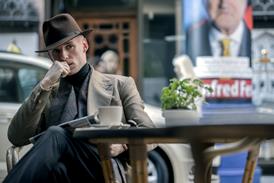




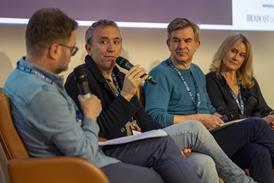
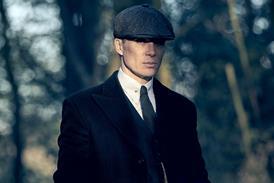
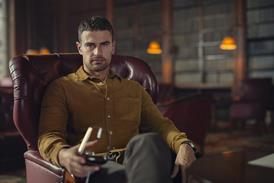

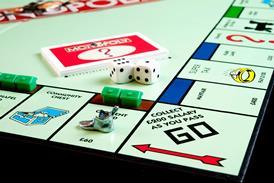
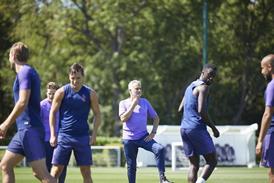

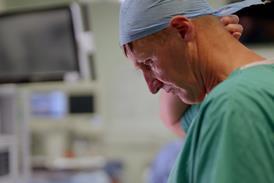
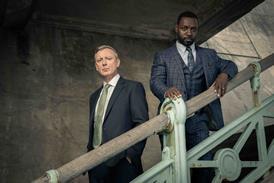
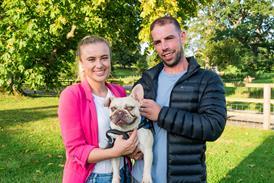












No comments yet